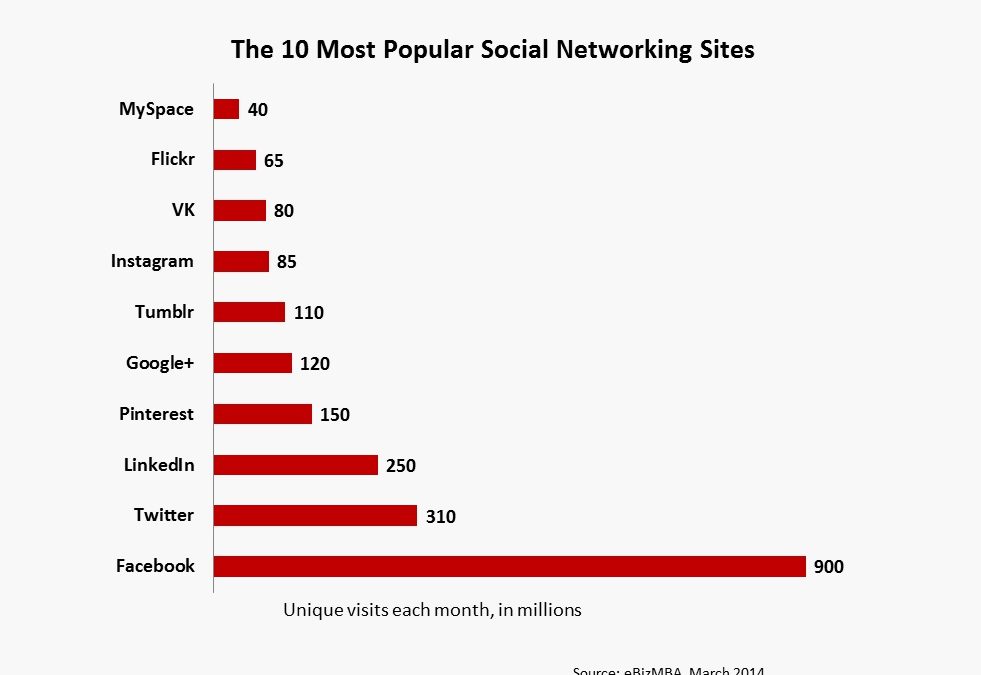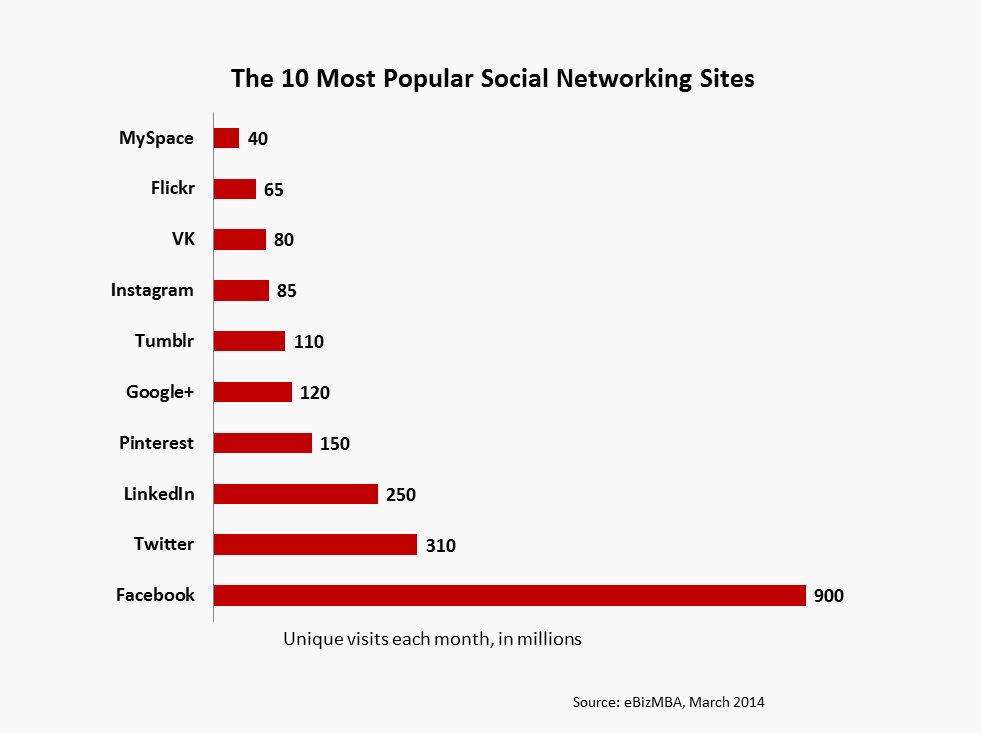
by Fronetics | Jul 10, 2014 | Blog, Marketing, Social Media, Strategy, Supply Chain
Kale is the hippest and trendiest of vegetables.
The dark leafy vegetable has received Bon Appetit’s dish of the year award, it was served at the White House Thanksgiving, and it has received ringing endorsements by celebrities and celebrity chefs. Kale also has its own T-shirt, lawsuit, and day. Did I mention the book? 50 Shades of Kale is an Amazon bestseller.

The appearance of kale on restaurant menus has increased by 400 percent since 2008. A recent Guardian article reported that sales of kale at Marks & Spencer are already up 32 percent on the same period last year and that it expects this rise to continue in the longer term. Similarly, at Waitrose, sales of kale are up 20 percent year on year.
How is it that kale is cool? Much of it has to do with re-branding – communicating a new image for the vegetable and communicating new (and more flavorful) uses.
The supply chain is suffering from an image problem. If we are going to attract new talent we need to make an effort to make the supply chain hip. The supply chain should look to kale for inspiration. If a leafy green vegetable can realize such a rapid ascent to popularity, so too can the supply chain industry.

by Fronetics | Jun 9, 2014 | Blog, Marketing, Social Media, Strategy, Supply Chain, Transportation & Trucking
Many companies within the logistics and supply chain industries are stuck on the social media starting line. The reason – “they can’t get past the word ‘social’ and the perception it creates.” The reality is that social media is a tool that can be utilized to create value and grow your business.
This is the second in a series of articles that provides examples of companies within the logistics and supply chain industries who have moved beyond the social media starting line and have realized the business value of participating in social media.

Long-haul truck drivers are more likely to be overweight or obese than the general public (86% v. 65%). Additionally, truck drivers are more likely to smoke, have high blood pressure, and suffer from sleep apnea than the general public. The poor health of long-haul truckers is largely due to their lifestyle. Long-haul trucking is a sedentary lifestyle. It is also a lifestyle which makes it challenging to access gyms and healthy foods.
The cost of poor health is enormous – for truckers and for their employers. The estimated annual health care costs of obesity-related illness are $190.2 billion, or nearly 21 percent of annual medical spending in the United States. Looking specifically at the trucking industry – a study published in the Journal of Occupational and Environmental Medicine found that obese truckers had an annual average total health care cost of $1,944, compared with $1,755 for overweight truckers and $1,131 for normal-weight drivers. A sleep apnea screening and treatment program conducted by Schneider National identified 350 drivers who required treatment. Treating these drivers not only improved their health, but it also improved the company’s bottom line – over a one year period, Schneider National saved $530 per month per driver in insurance costs and saw a 71 percent reduction in accidents involving those drivers during the same period.
An article in Today’s Trucking shares the story of Jason Janneta a 42 year old trucker who had been driving for 20 years and was a poster boy for the statistics – overweight and unhealthy. Fed up, he decided to make a lifestyle change. Within six months of embracing a healthier lifestyle he had lost 80 pounds. During this period he had also taken to Twitter to share his experience and to motivate other truckers to adopt a healthier lifestyle, lose weight, and improve their health.
Tweeting as @urbanhauler with #fittrucker, Jannetta captured the attention of other truckers (he quickly grew his followers to more than 1,500) and the attention of Jared Martin, the President of Speedy Transport.
Martin recognized the value of Jannetta’s efforts and of #fittrucker – healthier individuals, a healthier bottom line, and opportunity to attract new drivers.
According to Martin:
“I really enjoyed a lot of his posts and what he was trying to do for the industry, so we brought him in for a meeting.”
The two discussed the role of health and fitness on the future of the transportation industry. The next day, Martin offered Jannetta a job at Speedy Transport – Driver Trainer and Wellness Advisor. Martin accepted the position and now tweets for @speedywellness where he brings “#trucking and #fitness/#wellness together.”
Speedy Transport is one company which has recognized social media as a business tool and has moved far beyond the social media starting line. The Twitter profile of @speedywellness rightly points out “we #ChangeTheGame of #Trucking.”

by Fronetics | Mar 4, 2014 | Blog, Logistics, Marketing, Social Media, Strategy, Supply Chain
Innovation is a powerful way to drive growth. However, traditional approaches taken by companies to develop innovative products and services are increasingly being found to be unsuccessful in creating growth. The traditional siloed approach to R&D is too insular for today’s rapidly changing economic environment. Moreover a top-down approach to R&D no longer works given our consumer driven marketplace, and the instant gratification consumers now demand. How then can your company successfully develop new products and services? How can your company innovate faster? How can your company innovate better? Harness social media as an innovation engine.
According to a March 2014 report by eBizMBA Facebook has an estimated 900 million unique users each month. Twitter has an estimated 310 million unique users each month and LinkedIn sees an estimated 250 million users monthly. Conversations are taking place on these social networks about companies and about specific products and services. These conversations can provide your company with a wealth of information and can be a source of innovation – innovation that can drive growth.

You can leverage social media an as innovation engine by monitoring the conversations taking place about your company and your products and services. What are customers saying? What do customers like? What do they dislike? Are there questions that are repeatedly being asked by customers about your company and/or a specific product or service you offer? Don’t dismiss feedback provided by customers via social media; embrace it and its honesty. Learn from the feedback provided. Engage with customers to learn more. Use the intelligence that you gain from social media to fuel innovation.
Turn to social media to learn about creative ways customers are using your products. Ikea products are constantly being “hacked” or used in ways that the company had not intended. Learning “off-label” uses for your products can help you to identify needs within the marketplace, new marketing opportunities for your products, and can generally get your creative juices flowing.
Look at social media to identify trends. Is there a way that your company can take advantage of specific trends? Can you introduce a new product or service? Can you re-purpose a product or service to meet the demands of a specific trend? Even more basic, if you already have a product or service that is trendy, make people aware that you have what they want. How to do this? One way is to engage with them on social media.
In addition to monitoring conversations focused on your company, monitor conversations that are taking place about your competitors. What are customers saying about your competitor and their products and services? What do customers like about your competitor’s products? What do they not like? Are your customers using your competitors products in an off-label way? All of this information can be used to fuel innovative for your company.
David Burkus, founder of LDRLB and assistant professor of management at Oral Roberts University, wrote that “in most organizations, innovation isn’t hampered by a lack of ideas, but rather a lack of noticing the good ideas already there.” The conversations taking place via social media offer a wealth of good ideas. Your company can capitalize on the information and intelligence provided, or you can ignore it. If you choose the former you can turn social media into an innovation engine for your company – one that will help your company grow not in spite of, but because of the current environment and customer demands.
A version of this post was previously posted on DC Velocity.

by Fronetics | Mar 4, 2014 | Blog, Logistics, Marketing, Social Media, Strategy, Supply Chain
Innovation is a powerful way to drive growth. However, traditional approaches taken by companies to develop innovative products and services are increasingly being found to be unsuccessful in creating growth. The traditional siloed approach to R&D is too insular for today’s rapidly changing economic environment. Moreover a top-down approach to R&D no longer works given our consumer driven marketplace, and the instant gratification consumers now demand. How then can your company successfully develop new products and services? How can your company innovate faster? How can your company innovate better? Harness social media as an innovation engine.
According to a March 2014 report by eBizMBA Facebook has an estimated 900 million unique users each month. Twitter has an estimated 310 million unique users each month and LinkedIn sees an estimated 250 million users monthly. Conversations are taking place on these social networks about companies and about specific products and services. These conversations can provide your company with a wealth of information and can be a source of innovation – innovation that can drive growth.

You can leverage social media an as innovation engine by monitoring the conversations taking place about your company and your products and services. What are customers saying? What do customers like? What do they dislike? Are there questions that are repeatedly being asked by customers about your company and/or a specific product or service you offer? Don’t dismiss feedback provided by customers via social media; embrace it and its honesty. Learn from the feedback provided. Engage with customers to learn more. Use the intelligence that you gain from social media to fuel innovation.
Turn to social media to learn about creative ways customers are using your products. Ikea products are constantly being “hacked” or used in ways that the company had not intended. Learning “off-label” uses for your products can help you to identify needs within the marketplace, new marketing opportunities for your products, and can generally get your creative juices flowing.
Look at social media to identify trends. Is there a way that your company can take advantage of specific trends? Can you introduce a new product or service? Can you re-purpose a product or service to meet the demands of a specific trend? Even more basic, if you already have a product or service that is trendy, make people aware that you have what they want. How to do this? One way is to engage with them on social media.
In addition to monitoring conversations focused on your company, monitor conversations that are taking place about your competitors. What are customers saying about your competitor and their products and services? What do customers like about your competitor’s products? What do they not like? Are your customers using your competitors products in an off-label way? All of this information can be used to fuel innovative for your company.
David Burkus, founder of LDRLB and assistant professor of management at Oral Roberts University, wrote that “in most organizations, innovation isn’t hampered by a lack of ideas, but rather a lack of noticing the good ideas already there.” The conversations taking place via social media offer a wealth of good ideas. Your company can capitalize on the information and intelligence provided, or you can ignore it. If you choose the former you can turn social media into an innovation engine for your company – one that will help your company grow not in spite of, but because of the current environment and customer demands.
A version of this post was previously posted on DC Velocity.





